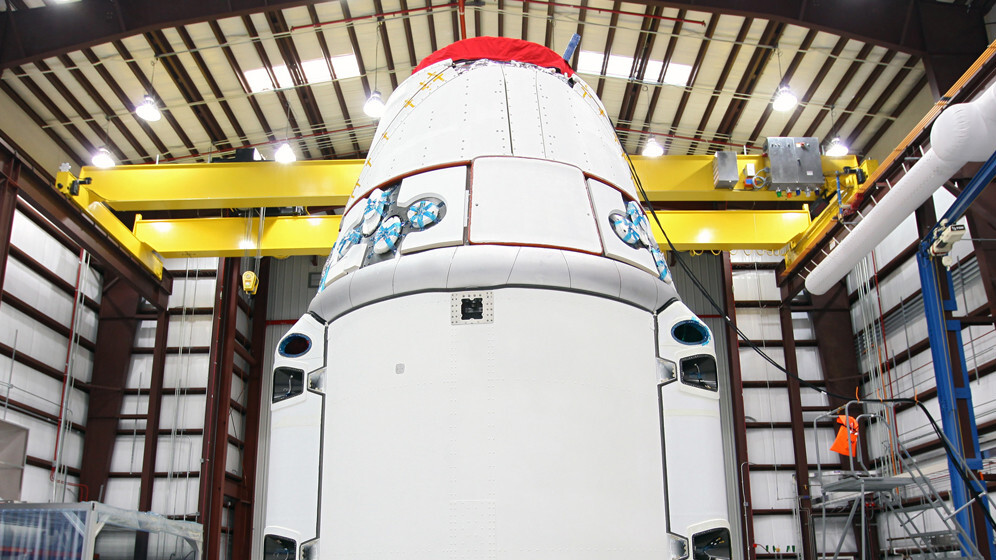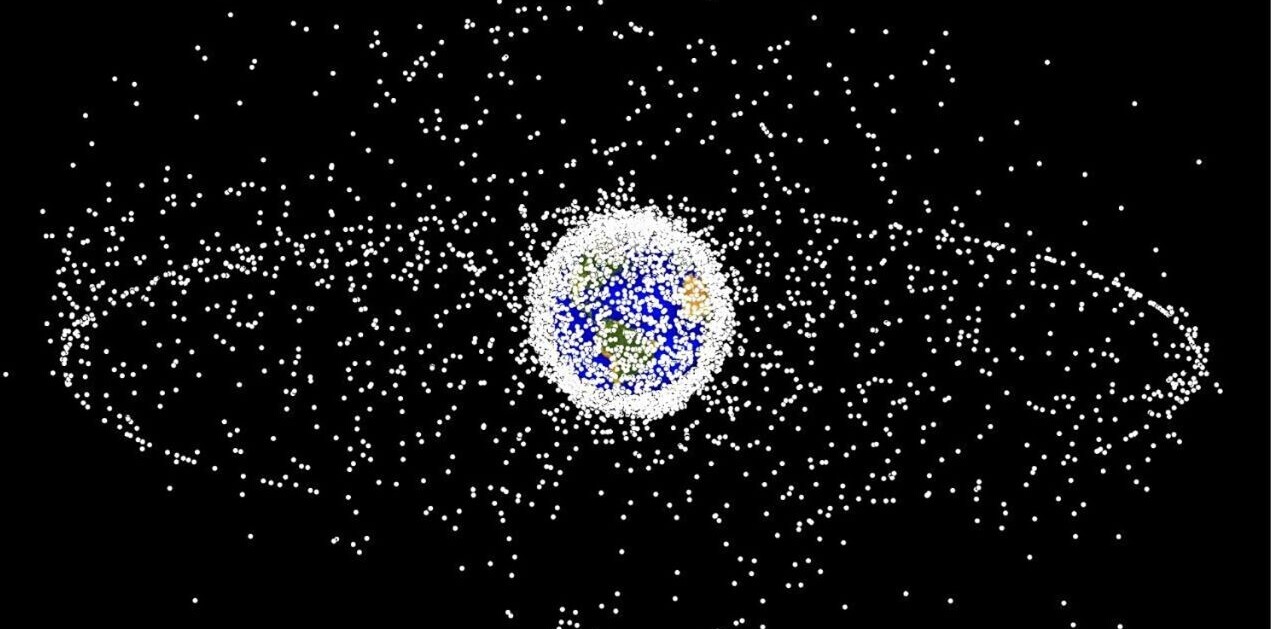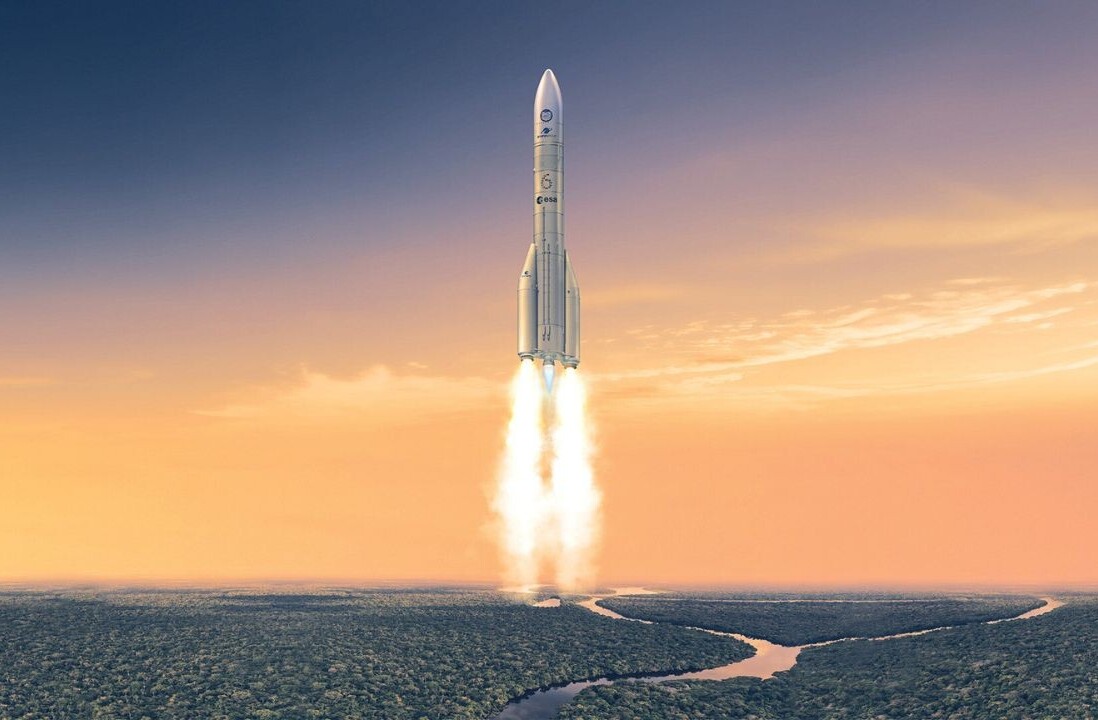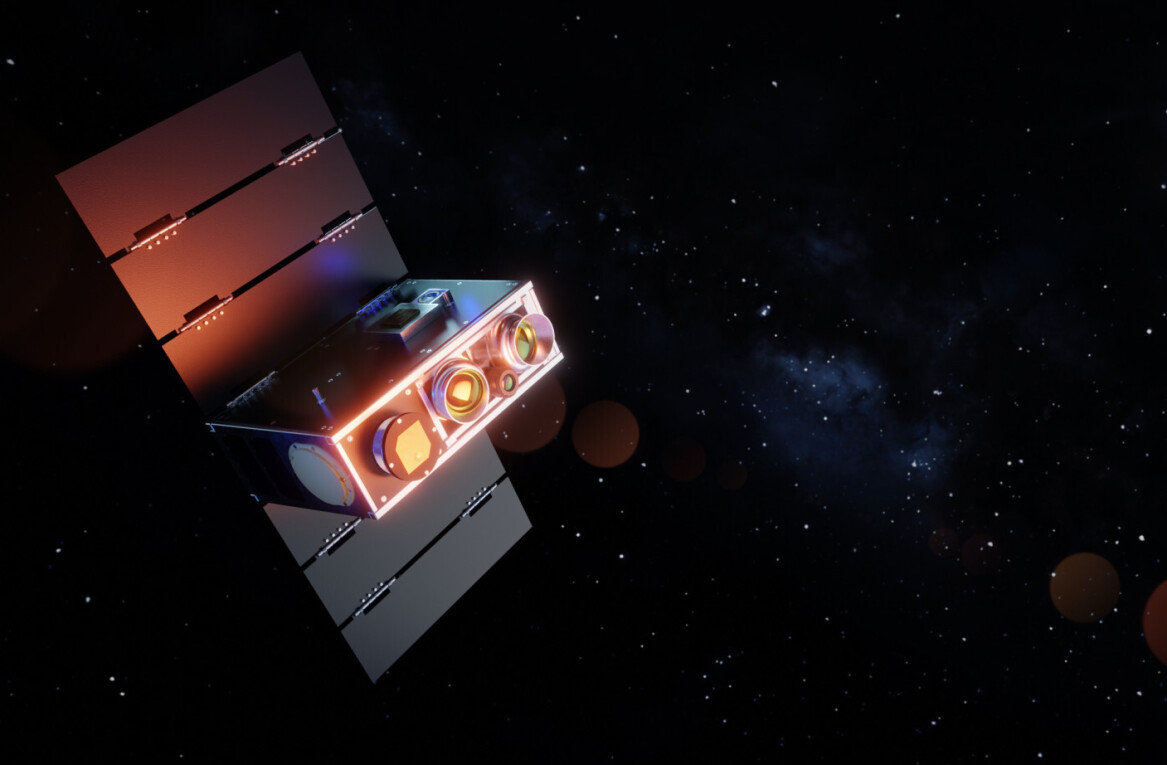
SpaceX is launching another of its unmanned Dragon space capsules, fitted to a Falcon 9 rocket, in order to deliver fresh supplies to NASA’s International Space Station (ISS).
The private spaceflight company will send the Dragon capsule from the Cape Canaveral Air Force Station in Florida at 10:10am ET, although a livestream will be up and running here, courtesy of NASA by 9:30am ET.
If everything goes to plan, the Dragon capsule will arrive on March 2, where it will be grappled and berthed with the ISS as part of a three-week long visit. It will then return to Earth on March 25 using a parachute-assisted splashdown off the coast of Baja California.
The capsule has been filled with roughly 1,200 pounds of supplies, including materials to support 160 experiments planned by the ISS crew. When it returns to Earth, it will be carrying 2,300 pounds worth of cargo which includes spent supplies, scientific materials, biotechnology, experiments and space station hardware.
SpaceX was founded in 2002 by former PayPal entrepreneur Elon Musk and has around 3,000 employees. The company has developed both the Falcon 1 and Falcon 9 launch vehicles, as well as the Dragon spacecraft which carries cargo at the moment, but will eventually be used for human transportation.
In May 2012, SpaceX made its inaugural trip to the ISS using the Falcon 9 rocket and Dragon capsule. It was the first private company to successful dock with the ISS, and following it up with a second trip in order to deliver supplies last October.
SpaceX signed a contract with NASA worth $1.6 billion in 2011 in order to carry out 12 of these supply trips. It followed the dissolution of NASA’s Space Shuttle program, the last flight of which was in July of that year.
For those keeping count, each Falcon 9 rocket weighs a staggering 735,000 lbs and the price tag associated with each mission is $133 million. So if anything goes wrong, that’s an awful lot of Musk’s money going to waste.
Image Credit: NASA
Get the TNW newsletter
Get the most important tech news in your inbox each week.




